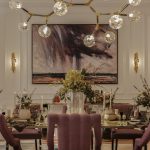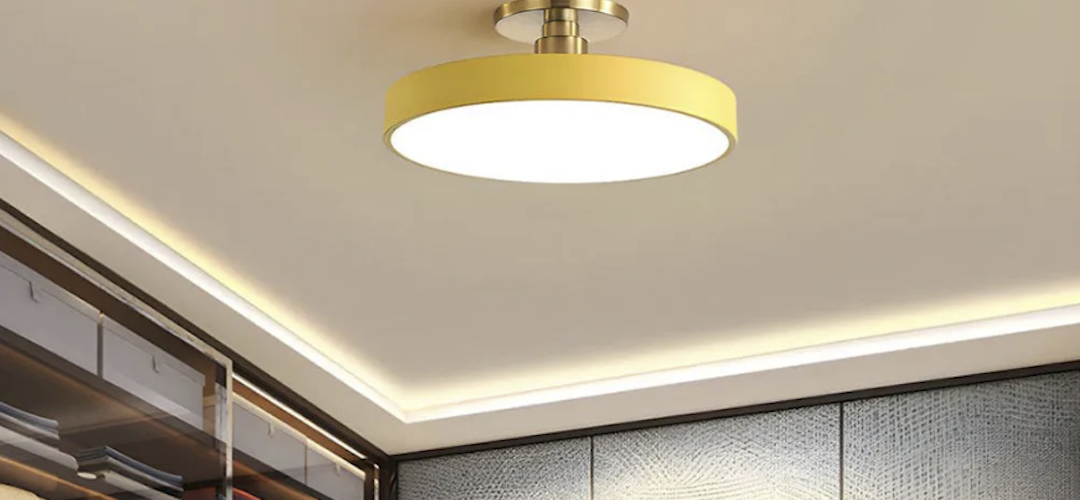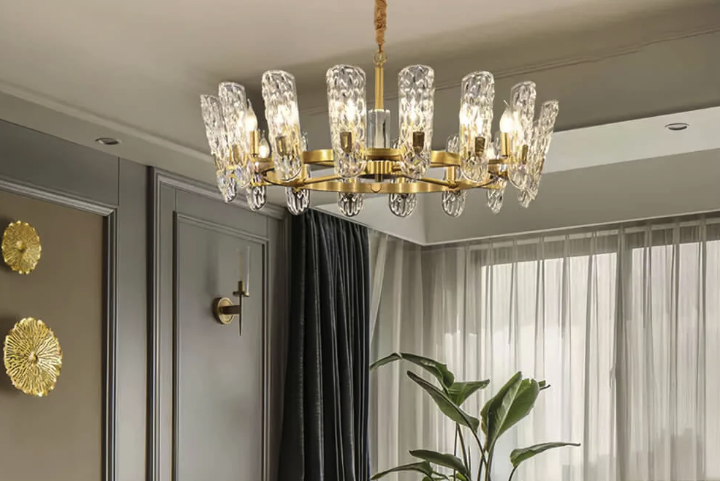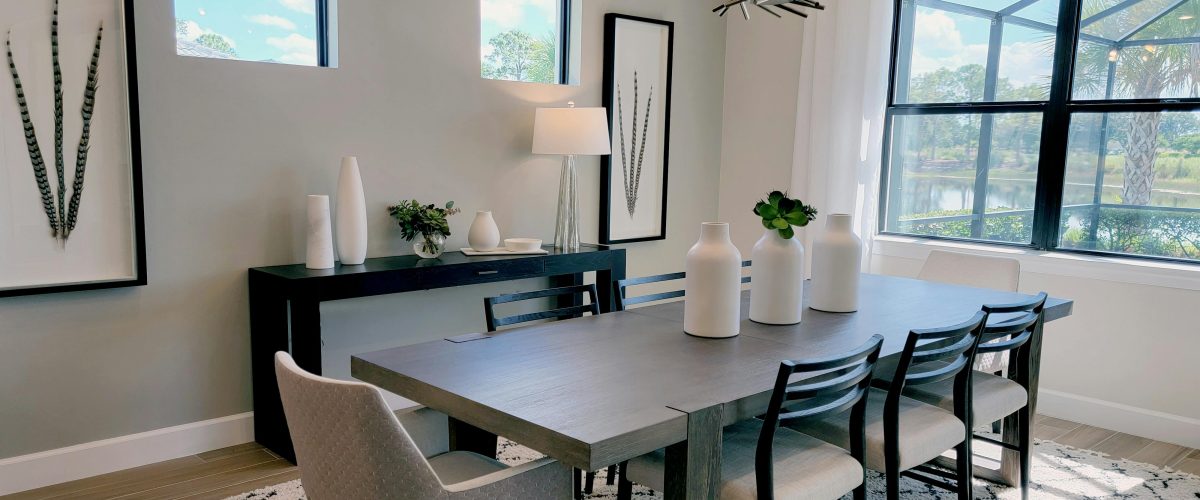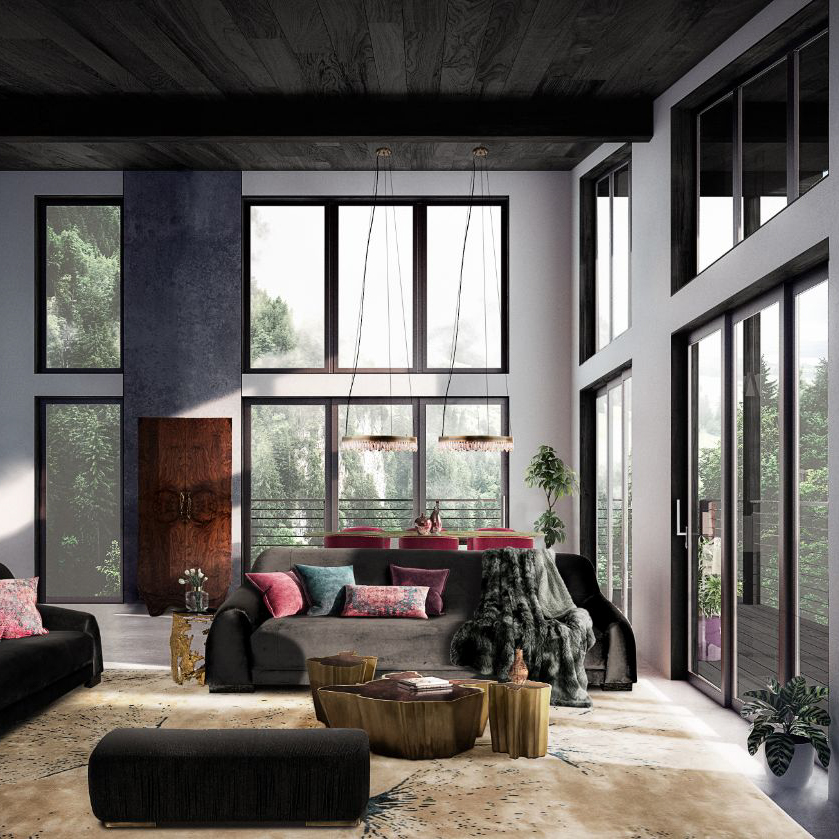
Shine Bright: Illuminating the Beauty of Exhibitions with Light
The Importance of Lighting in Exhibitions
Exhibitions are all about showcasing creativity and art, but what many people don’t realize is that lighting plays a critical role in enhancing the impact of these displays. The right lighting can provide the necessary visual depth and contrast to make an exhibit pop, while poor lighting can detract from the overall experience.
How Lighting Affects Exhibition Displays
Lighting can have several effects on an exhibition display. First, it can create a mood or feeling that complements the subject matter being displayed. For example, a dimly lit exhibit of ancient Egyptian artifacts may create a mysterious, historical atmosphere. Conversely, a brightly lit exhibit of modern art may convey a more vibrant, energetic vibe.
Second, lighting can create contrast and form. By shining light on different parts of an exhibit, the artist can draw attention to specific features and create a sense of dimensionality. This can be particularly important when showcasing sculpture or three-dimensional art, where shadows and highlights can bring a piece to life.
Types of Lighting Used in Exhibitions
There are several types of lighting commonly used in exhibitions, each with its advantages and disadvantages. The three most common types are:
1. Spotlighting
Spotlights are focused beams of light that can be directed at a specific exhibit or part of an exhibit. Spotlights are particularly useful for emphasizing intricate details, such as jewelry or small sculptures. However, they can create harsh shadows if not positioned correctly.
2. Ambient Lighting
Ambient lighting is a more general, diffuse form of lighting that illuminates the entire exhibit space. This type of lighting is useful for creating a consistent mood or atmosphere throughout the exhibit. However, it may not be as effective at drawing attention to specific details.
3. Backlighting
Backlighting is a technique where light is placed behind an exhibit to create a halo effect. Backlighting is useful for creating contrast and highlighting the contours of a piece. However, it can also make it difficult to see the exhibit if the backlighting is too intense.
Choosing the Right Lighting for Your Exhibit
Choosing the right lighting for your exhibit depends on several factors, including the type of exhibit, the message you want to convey, and the space available. It’s important to work with a lighting specialist who can help you design the perfect lighting scheme for your exhibit.
Some questions to consider when designing your lighting scheme include:
– What is the main focal point of the exhibit?
– What mood or feeling do you want to create?
– What are the colors and textures of the artwork being displayed?
– How can lighting help create contrast and emphasize form?


